How to Practice Casting Without Water (Yes, It Works!)
The art of casting a fishing line is a skill that requires practice, patience, and precision. Many anglers assume they need to be near water to hone this crucial technique, but that’s far from the truth. Dry land casting practice not only works—it’s often more effective for skill development than practicing over water.
Without the distraction of actually fishing, you can focus entirely on your technique, muscle memory, and form. In this comprehensive guide, we’ll explore the numerous ways you can practice casting without water, helping you become a more skilled angler before you even step foot near a lake, river, or ocean.
Why Practice Casting on Dry Land?

Practicing your casting technique away from water offers several distinct advantages. First, it eliminates the pressure of actually catching fish, allowing you to focus solely on your form and technique. Second, it’s incredibly convenient—you can practice in your backyard, at a local park, or even indoors with the right setup. Third, consistent dry land practice helps build muscle memory, which is essential for casting accuracy and distance.
Finally, practicing away from water means you won’t spend valuable fishing time working on basics when you could be enjoying the experience and focusing on catching fish. Many professional anglers maintain regular dry land practice routines throughout their careers.
Essential Equipment for Dry Land Practice
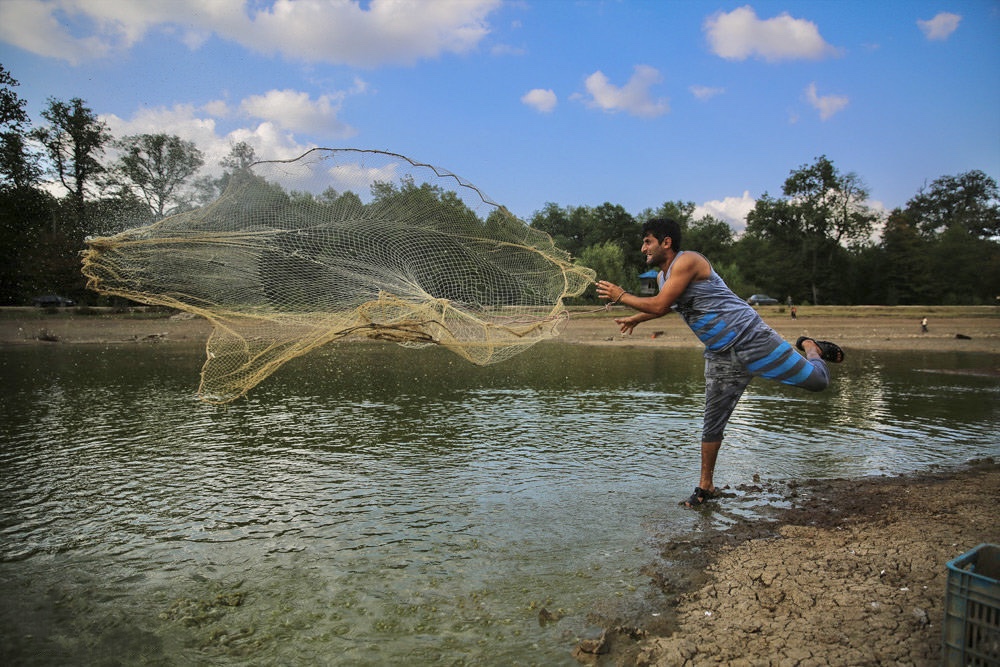
To practice casting effectively without water, you’ll need some basic equipment beyond your regular fishing gear. Start with practice plugs or casting weights, which simulate the weight of a lure without hooks that could cause injury or property damage. Yarn flies are excellent for fly fishing practice, offering the right weight and wind resistance without hooks. Hula hoops, buckets, or paper plates make perfect targets for accuracy practice.
Consider investing in a casting practice rod, which is designed specifically for dry land use and typically features a weighted end instead of a reel. Finally, a measuring tape or marked distances will help you track your progress in casting distance and consistency over time.
Setting Up Your Practice Space
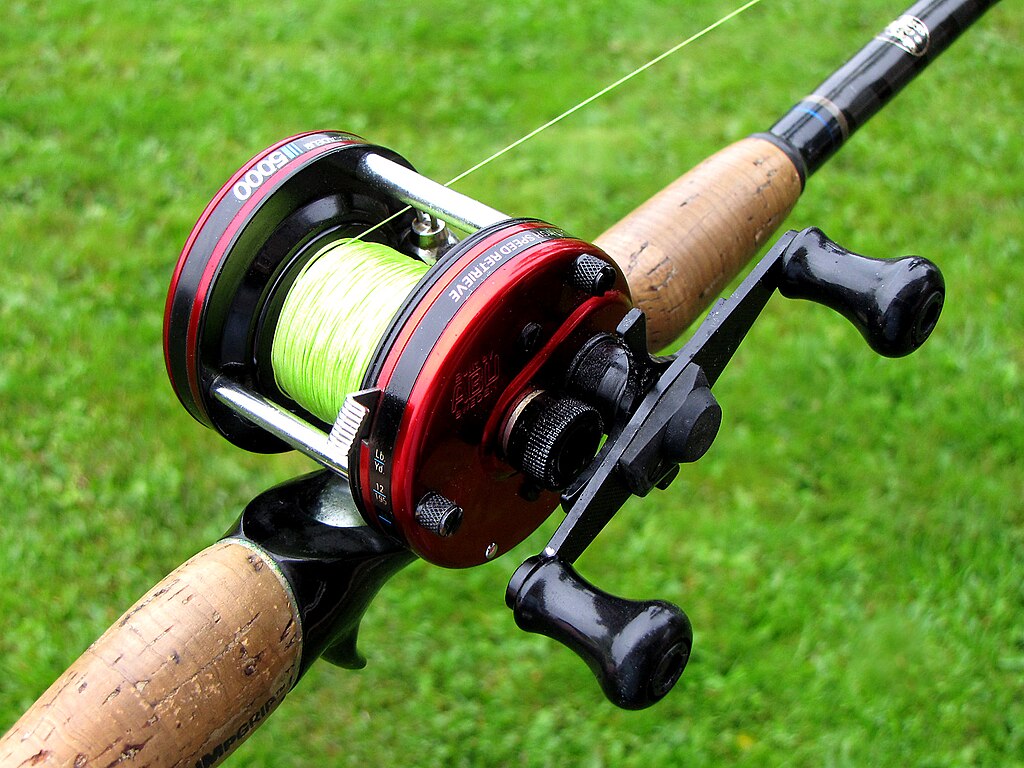
Creating an effective practice area doesn’t require much space, but thoughtful setup makes a significant difference. For spinning and baitcasting practice, a relatively flat area measuring at least 30 feet long by 15 feet wide should suffice. For fly casting, seek a more open space without obstacles overhead or behind you. Place targets at various distances—start close and gradually position them farther away as your skills improve.
Mark specific distances with stakes, cones, or natural landmarks to track your progress. Be mindful of surroundings, avoiding areas with pedestrians, vehicles, or fragile items. If practicing in a public space like a park, choose less crowded times and areas to avoid disrupting others.
Spinning Reel Casting Practice Techniques
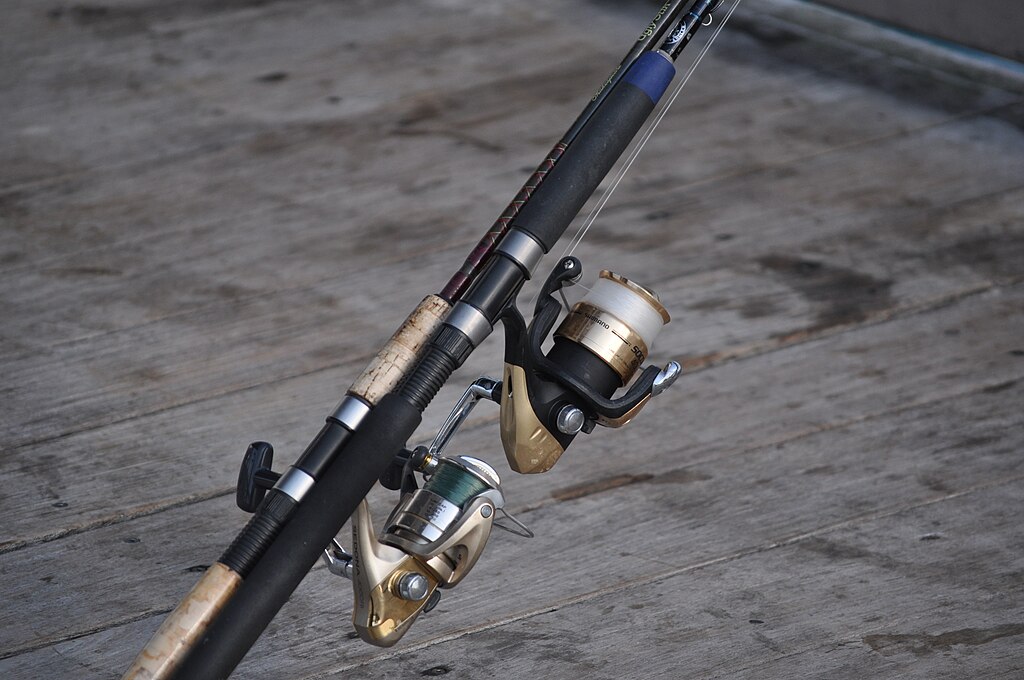
Spinning reel casting practice should focus on both accuracy and distance. Begin by setting targets at various distances, starting close (around 10-15 feet) and gradually increasing as you improve. Practice the basic overhead cast by holding your rod at the 2 o’clock position, pressing the line against the rod with your index finger, opening the bail, and then casting forward, releasing your finger at the right moment.
Work on controlling your casting power—many beginners use too much force, leading to decreased accuracy. Aim to develop a smooth, consistent motion rather than focusing solely on power. For advanced practice, try casting with your non-dominant hand, which can be valuable in real fishing situations where positioning might require switching hands.
Baitcasting Reel Practice Without Water

Baitcasting reels are notorious for creating backlashes or “bird’s nests” when improperly used, making dry land practice particularly valuable. Start with the reel’s braking system set high and gradually reduce it as your skill improves. Practice the fundamental “thumb control” technique by applying gentle pressure to the spool with your thumb during the cast, increasing pressure as the lure reaches its target.
Use heavier practice plugs initially (½ to ¾ ounce), as they’re more forgiving than lighter weights. Focus on smooth acceleration and deceleration rather than power—the most common cause of backlashes is jerky, inconsistent casting motion. Try the “pitching” technique for short, accurate casts by holding the lure at thigh level and using a pendulum motion to deliver it to nearby targets.
Fly Casting Practice Techniques

Fly casting on dry land offers an excellent opportunity to develop the rhythmic, precise motion this technique requires. Begin with basic roll casting, which requires minimal backcast space and focuses on line control and timing. Progress to the standard overhead cast, concentrating on the “10-to-2” clock face motion (or 11-to-1 for more delicate presentations). Use yarn practice flies to simulate the weight and air resistance of actual flies without the hazard of hooks.
Practice the “false cast,” where you keep the line airborne through multiple forward and back casts before allowing it to land. Focus on developing a smooth acceleration to a stop rather than using excessive power, as proper fly casting relies more on timing and technique than strength.
Indoor Casting Practice Methods

When weather or space constraints make outdoor practice impossible, indoor methods can be surprisingly effective. For fly casting, attach a small piece of yarn to a leader and practice roll casting in a hallway or living room with furniture moved aside. Use a practice rod with a weighted end for spinning or baitcasting techniques, focusing on the motion rather than actual casting. Set up small targets like cups or paper plates at various distances across a room.
Try “shadow casting” by going through the motions without a line attached, which helps develop muscle memory and correct form. For apartment dwellers, even a balcony can serve as a practice space with a casting plug tied to a short length of line, allowing you to practice the casting motion without releasing the line.
Creating Challenging Practice Drills
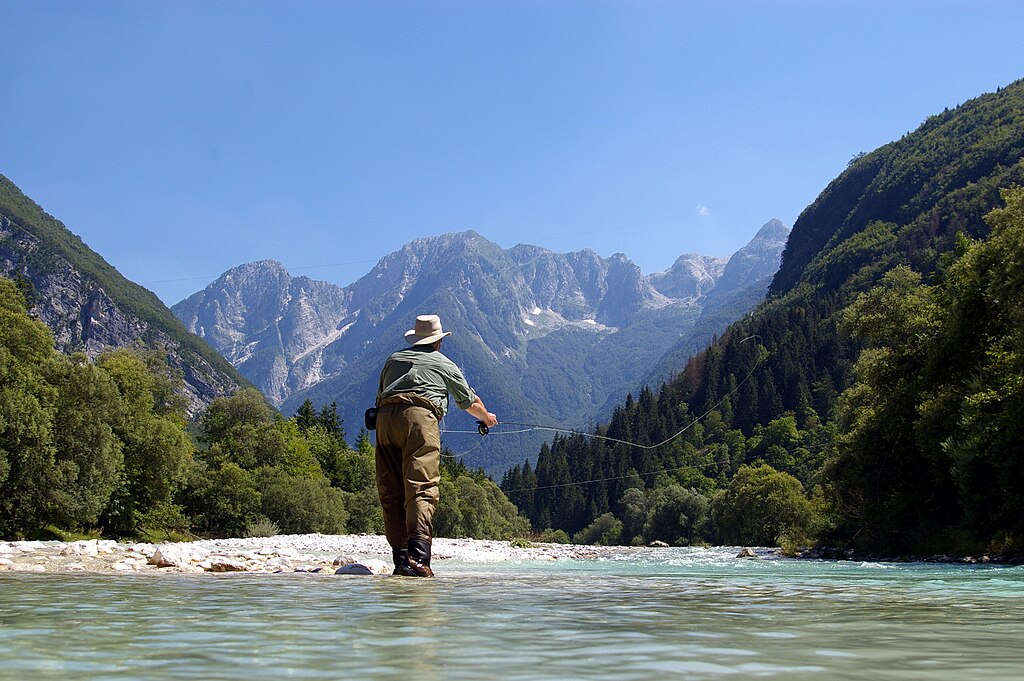
To make your practice sessions more engaging and effective, incorporate specific drills that build different skills. Try the “increasing distance” drill by successfully hitting a target three times before moving it farther away, building both consistency and range. The “decreasing circle” drill involves starting with a large target and gradually replacing it with smaller ones as your accuracy improves.
Practice casting with your non-dominant hand to develop ambidextrous skills that can prove valuable in real fishing situations. Set up multiple targets and create a “course” where you cast to each in sequence, simulating the varied casting needs during actual fishing. Time yourself to add a competitive element, tracking improvements in both accuracy and speed over practice sessions.
Common Casting Mistakes and How to Fix Them
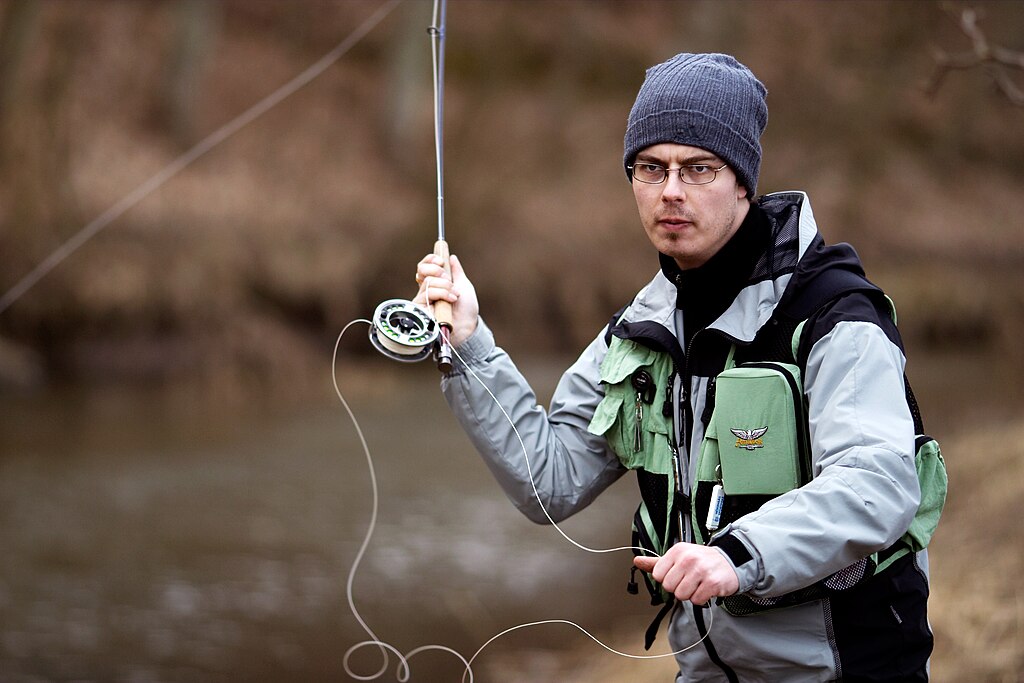
Dry land practice allows you to identify and correct common casting errors without the distraction of actual fishing. One frequent mistake is using too much wrist and not enough forearm in the casting motion, which reduces accuracy and distance—focus on keeping your wrist relatively firm and using your forearm for power. Watch for improper timing when releasing the line, which often results in the lure hitting the ground too soon or sailing too far; practice releasing at the optimal moment in your forward cast.
Many anglers struggle with inconsistent casting angles, sending lures too high or too low; aim for a 45-degree angle in most standard casts. Over-powering casts is another common error that actually reduces accuracy and distance—concentrate on smooth acceleration rather than brute force for better results.
Using Technology to Improve Your Casting
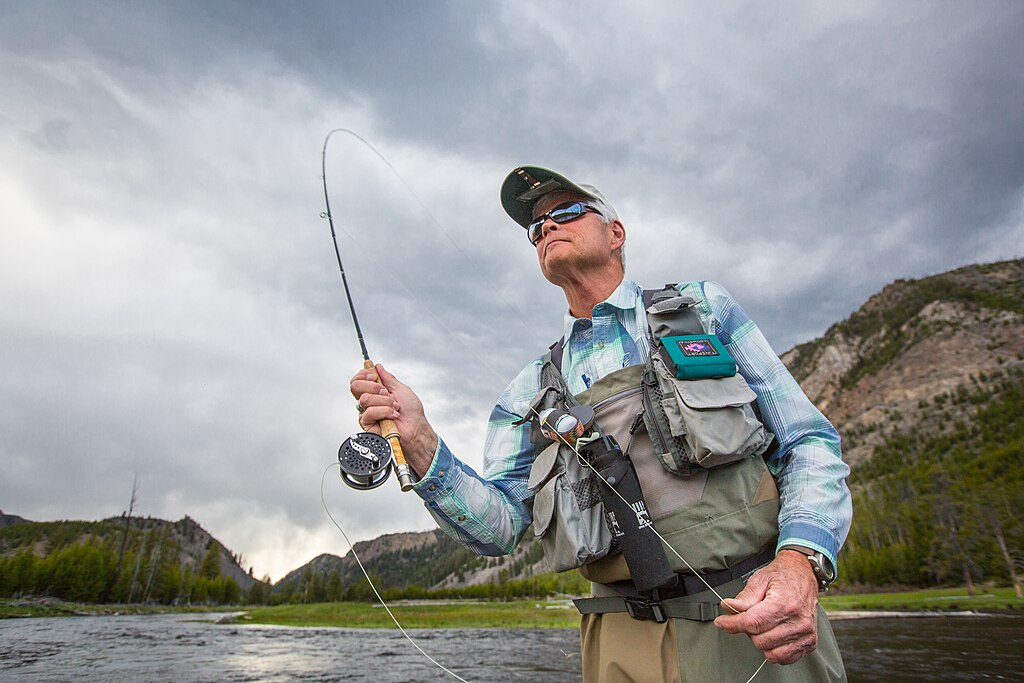
Modern technology offers valuable tools for analyzing and improving your casting technique. Use your smartphone to record video of your casting motion from different angles, allowing you to spot flaws in your technique that might be difficult to detect while casting. Several casting analysis apps are available that can help track your progress and provide specific feedback on your form. Consider using a casting training system with sensors that attach to your rod, providing real-time feedback on speed, angle, and timing through a smartphone app.
For distance tracking, laser measuring tools can provide precise measurements without the need for physical measuring tapes. Online tutorials and virtual coaching sessions can also provide expert guidance on improving specific aspects of your casting technique.
Transitioning Practice to Real Fishing Situations

While dry land practice is invaluable, there are important differences when applying these skills to actual fishing environments. Practice casting in different positions—standing, seated, kneeling, and even slightly off-balance—to simulate real fishing conditions where perfect stance isn’t always possible. Add wind resistance to your practice by casting into a fan or natural breeze, learning to adjust your technique for different wind directions and strengths.
If possible, wear the same fishing vest, pack, or gear you use while fishing to account for how they might affect your movement and casting motion. Gradually introduce more realistic environmental challenges, such as casting around obstacles or from uneven ground. Remember that water creates surface tension that affects how line lands, so your first few casts over water may require minor adjustments to your dry land technique.
Creating a Progressive Practice Schedule

Consistent practice yields better results than occasional marathon sessions. Develop a regular schedule, aiming for 15-30 minutes of focused practice several times per week rather than hours of practice less frequently. Begin each session with basic form practice before moving to more challenging drills or techniques. Set specific, measurable goals for each practice session—for example, “hit the 20-foot target 8 out of 10 times” rather than simply “improve accuracy.”
Track your progress in a fishing journal or app, noting improvements in distance, accuracy, and technique over time. Gradually increase the difficulty of your practice by adding wind, awkward casting positions, or smaller targets as your skills improve. Remember that mastering the fundamentals through repetition builds the foundation for more advanced techniques.
Making Practice Fun and Engaging
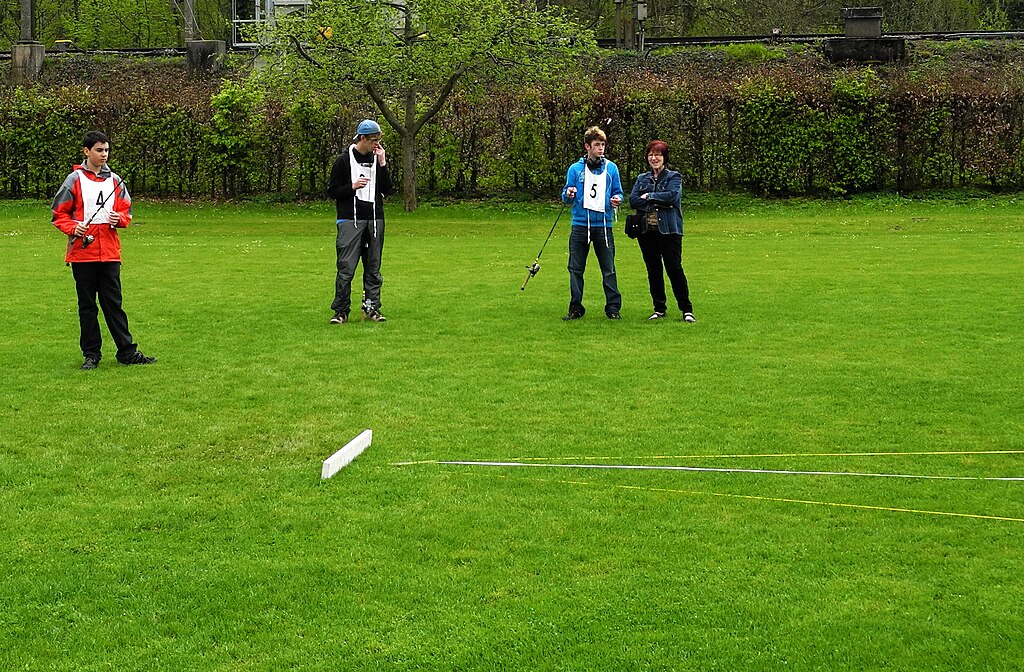
Maintaining motivation for regular practice requires making sessions enjoyable rather than tedious. Turn practice into a game by setting up a “casting golf” course with different targets representing holes, tracking your score based on how many casts it takes to hit each target. Invite fellow anglers for friendly competitions that push everyone to improve while keeping practice sessions social and fun. Set personal challenges with small rewards when you achieve specific goals, like treating yourself to new fishing gear after mastering a particular technique.
Create themed practice sessions focusing on different skills—accuracy day, distance day, or specific technique day—to keep practices varied and interesting. Remember that even a few minutes of focused practice is valuable; short, consistent sessions often yield better results than infrequent longer ones.
Conclusion
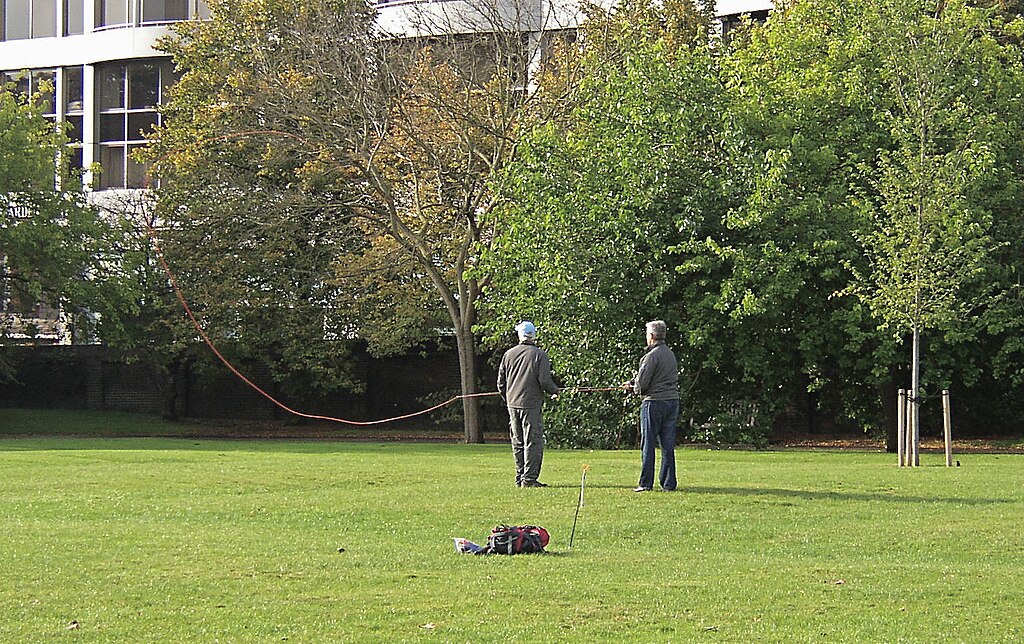
Practicing your casting technique away from water is not just a viable alternative—it’s a strategic approach embraced by anglers at all skill levels. Through regular dry land practice, you can develop the muscle memory, technique, and confidence that translate directly to more successful fishing experiences. By isolating the casting motion from the actual fishing process, you create space to perfect your form without the pressure of catching fish.
Whether you’re a novice looking to build fundamental skills or an experienced angler refining advanced techniques, consistent practice away from water will significantly improve your performance when you do cast your line into that promising fishing spot. Remember, the champions of any sport practice their fundamental skills religiously—and fishing is no exception.



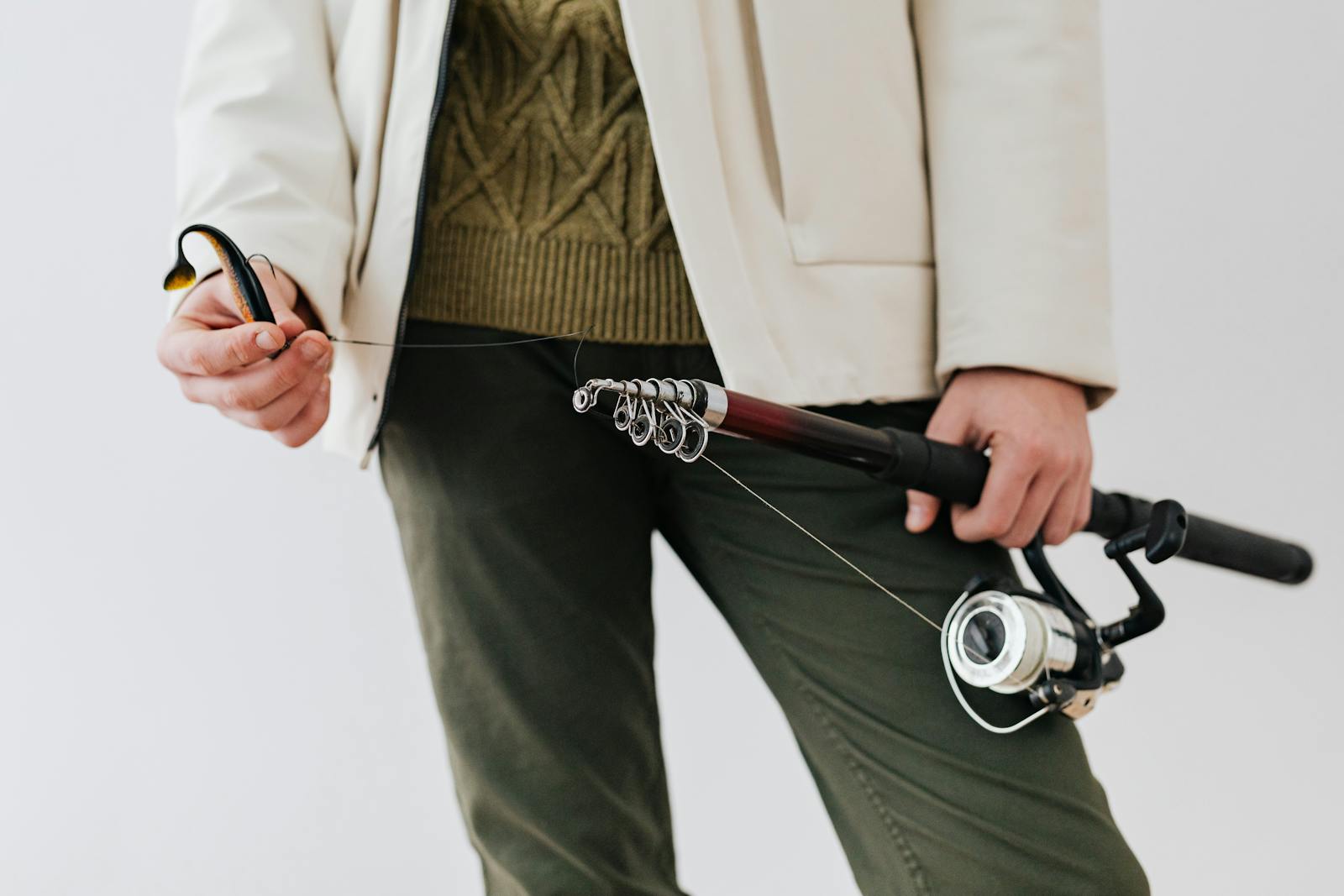
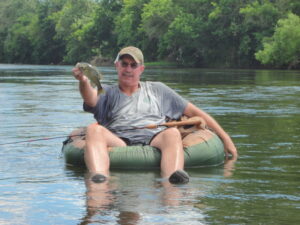
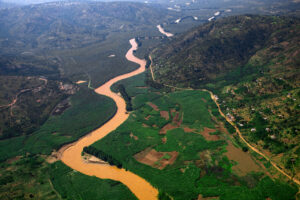








Post Comment